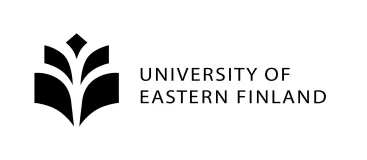Occupational dust exposure effect biomarkers in health risk assessment – Pöly-BM

Objectives
Exposure to different dusts and fumes at work can cause health hazards, such as respiratory irritation and certain cancers. Currently, one poorly known health hazard is low-level inflammation, which may increase the risk of cardiovascular diseases, among other things. We need more research data on this.
We will study exposure at work, low-level inflammation and changes in metabolism in the employees’ bodies in mining, welding and steel manufacturing. The goal is to determine whether exposure to dusts and fumes at work affects the risk of cardiovascular diseases and at what levels of exposure. In addition, the aim is to identify new early signs in the body that could be utilised in occupational health monitoring and managing health risks at workplaces.
Data and methods
Our research methods are:
- measuring the amount of dusts and fumes in the air of working environments (occupational hygiene measurements)
- examining urine and blood samples for workers’ exposure and low-level inflammation in the body (biomonitoring)
- analysing post-exposure metabolism changes, i.e. small molecules, in blood samples (metabolomics)
- toxicological health risk assessment.
Results and impact
The study will help identify health hazards and risks and improve the health monitoring of workers exposed to dusts and fumes.
Ask about the project

Selma Mahiout
Research group
Tiina Santonen
Katriina Sunnarborg
Milla Heinälä
Tomi Kanerva
Jaakko Airaksinen
Kirsi Siivola
Evgeny Parshintsev
Aiza Lappalainen
Olli Kärkkäinen (University of Eastern Finland)
Partners
The study will be conducted by the Finnish Institute of Occupational Health together with the School of Pharmacy at the University of Eastern Finland.
The research subjects of the project are Finnish industrial companies that perform mining, welding or steel manufacturing.
Funded by
The study is mainly funded by the Finnish Work Environment Fund. In addition, the Finnish Institute of Occupational Health and the University of Eastern Finland participate in the funding.





